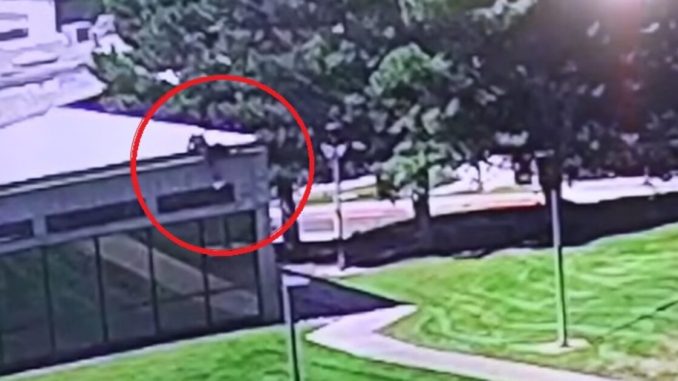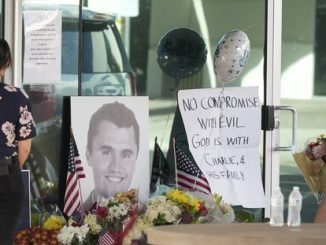
Published September 12, 2025
Editorial: A Threat Unseen – The Lessons from the Charlie Kirk Assassination Attempt
The recent assassination attempt on Charlie Kirk has left many in shock, not only because of its audacity but also due to the glaring questions it raises about security preparedness. Although authorities have since taken the suspect into custody, the incident still underscores a critical need to examine how such a breach was possible and whether existing security protocols are sufficient to prevent similar threats in the future.
At the heart of the matter lies a troubling lapse in situational awareness. Reports indicate that the suspect positioned themselves on a rooftop, unseen by security personnel. This raises critical questions: Were there surveillance blind spots? Were monitoring systems inadequate or improperly coordinated? And most importantly, could this threat have been detected and neutralized before it escalated?
Security protocols are designed to anticipate threats, yet this incident suggests gaps remain. Standard procedures may protect against conventional risks, but elevated positions, environmental constraints, and complex urban terrain present unique challenges that demand additional layers of precaution. How often are drills conducted for rooftop attacks? Were emergency escalation protocols in place and followed? These are not merely procedural queries—they are questions of life and death.

Environmental and operational factors may have also played a role. Limited lighting, structural blind spots, or interference with electronic surveillance could have given the suspect an unmonitored vantage point. Crowd density, roof access points, and prior intelligence—or the lack thereof—are all factors that compound the difficulty of threat detection.
This incident serves as a sobering reminder that security is only as strong as its weakest link. Accountability, coordination between agencies, rapid threat reporting, and proactive risk assessment must be constantly evaluated. Technology can help, but human vigilance remains irreplaceable.
In conclusion, while we are fortunate that further tragedy was averted, the incident highlights the urgent need to reassess, adapt, and enhance protective measures. High-profile individuals are symbolic targets, but the broader lesson extends to all security planning: vigilance cannot be reactive—it must be anticipatory.
The stakes are high, the threats are real, and the need for thorough investigation has never been clearer. Authorities owe the public not only answers but a commitment to actionable improvements that prevent the “unseen” from striking again. – CMT
Surveillance video showing the suspect fleeing the scene after the shooting at Utah Valley University. This footage captures the individual jumping from a rooftop and running toward a wooded area.





Be the first to comment